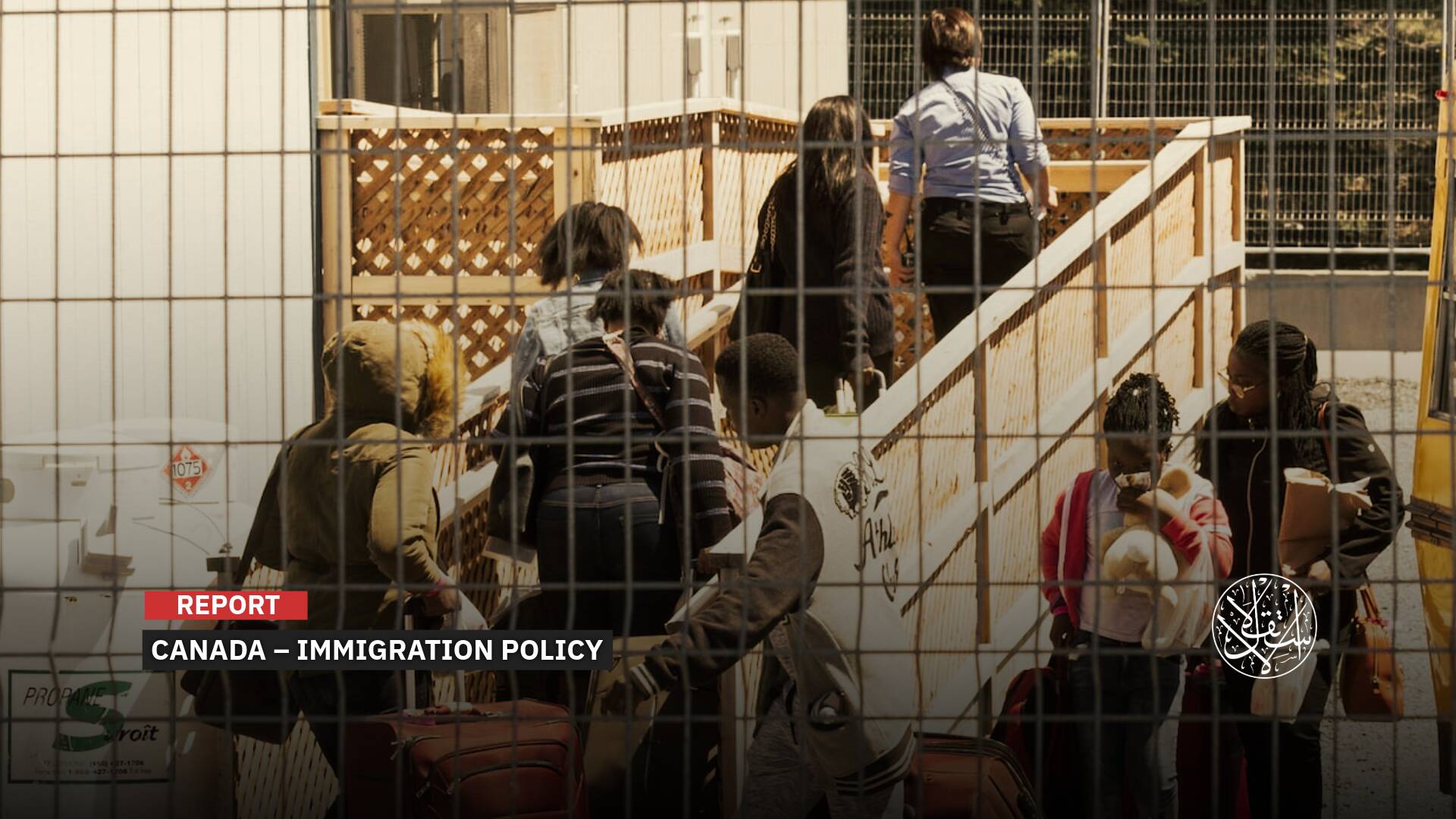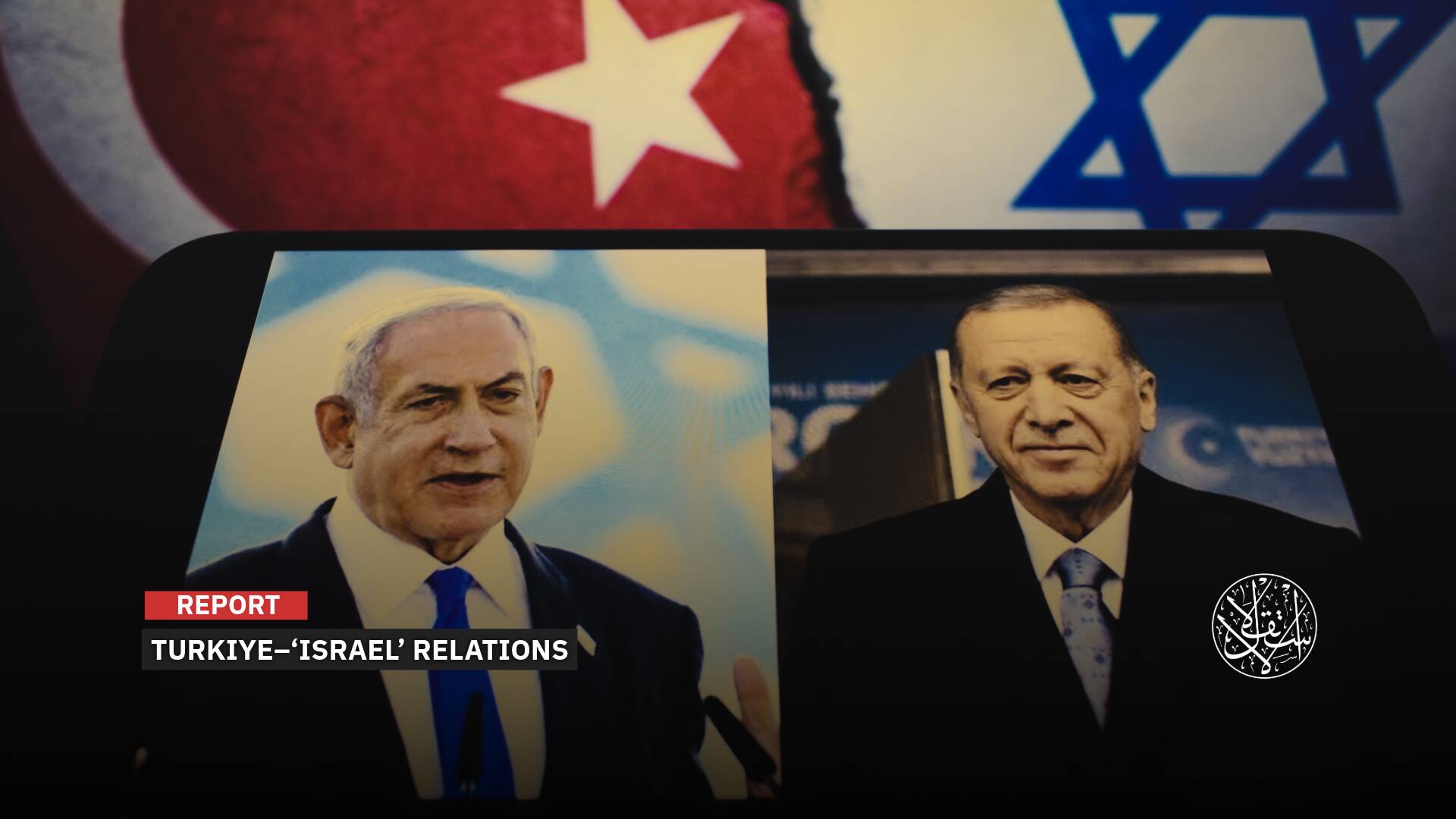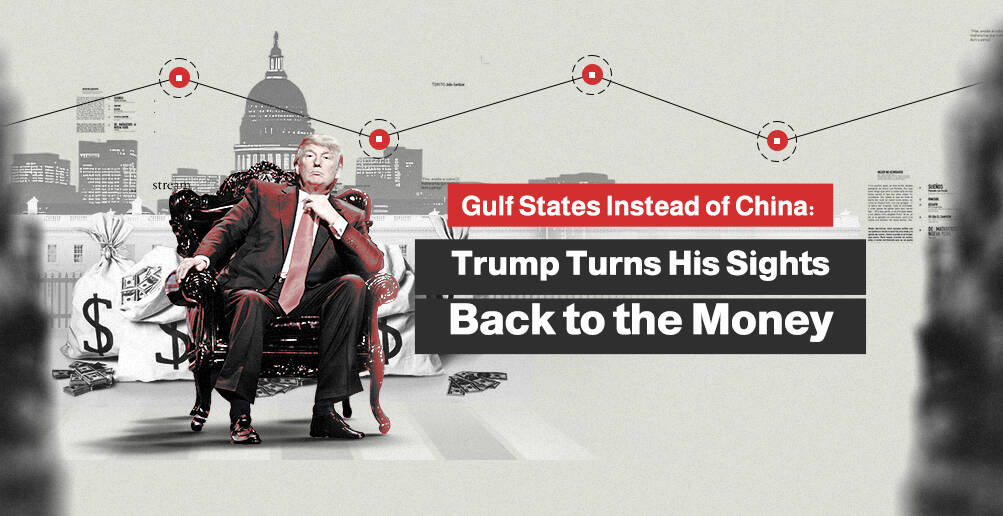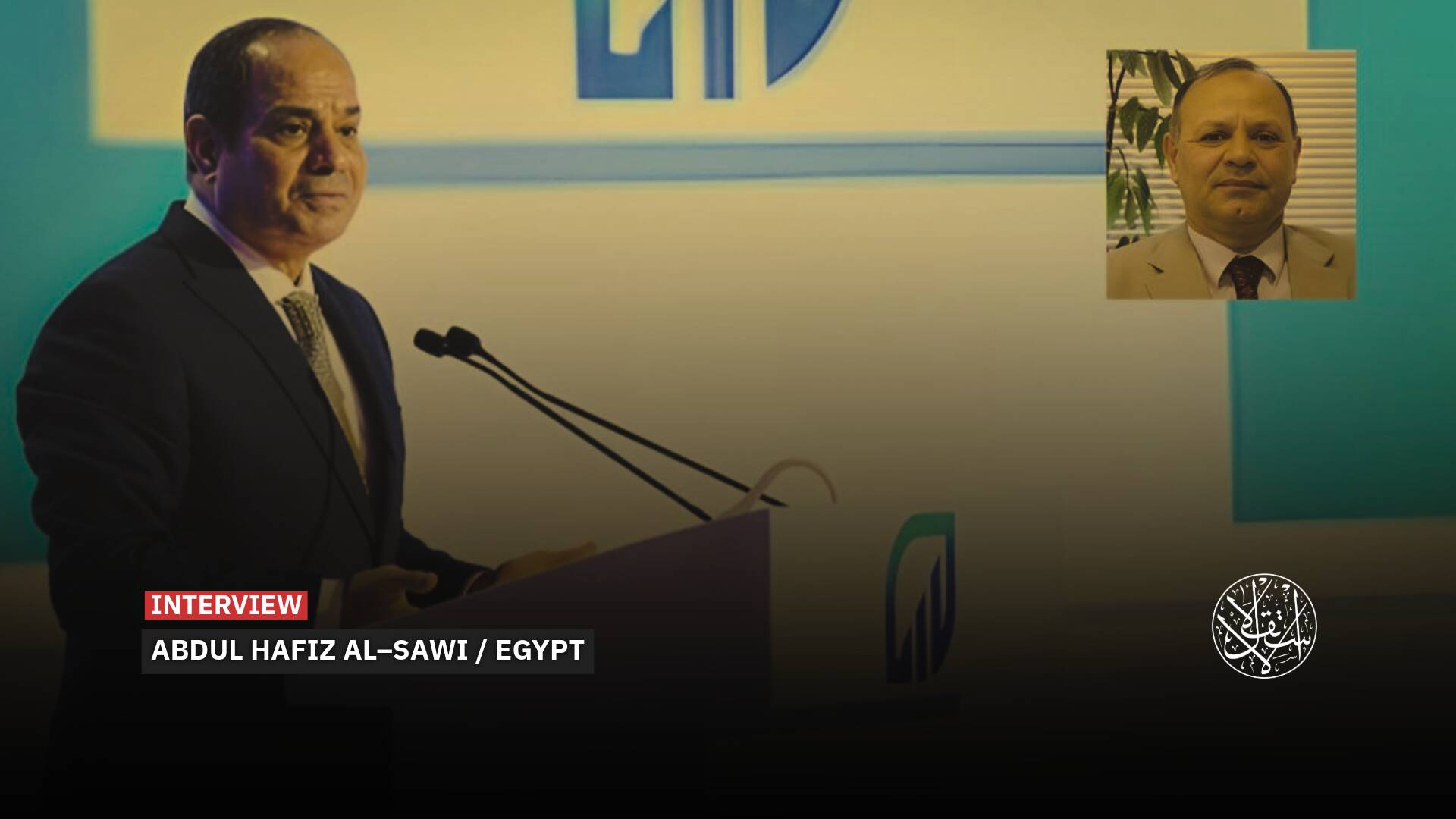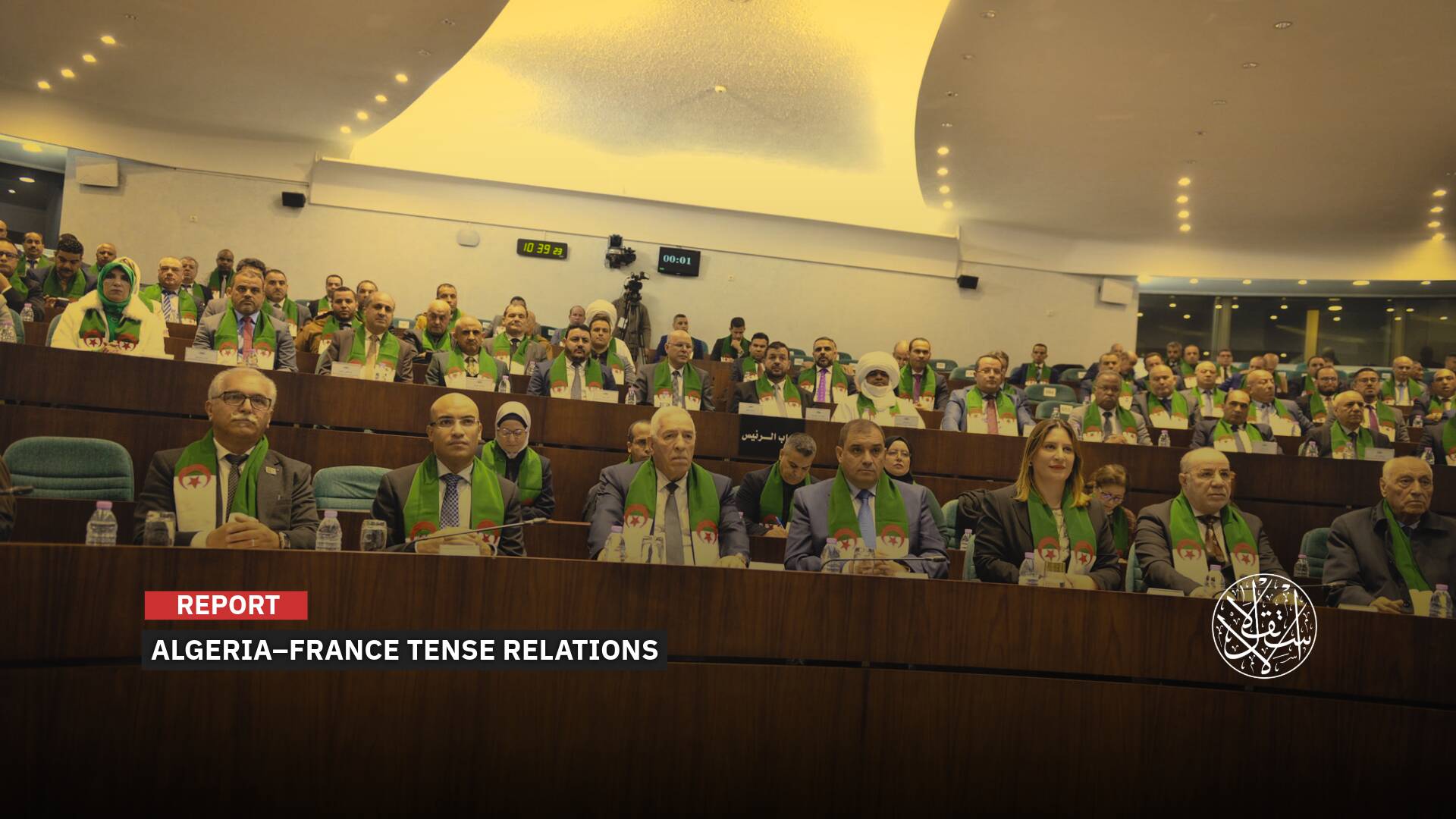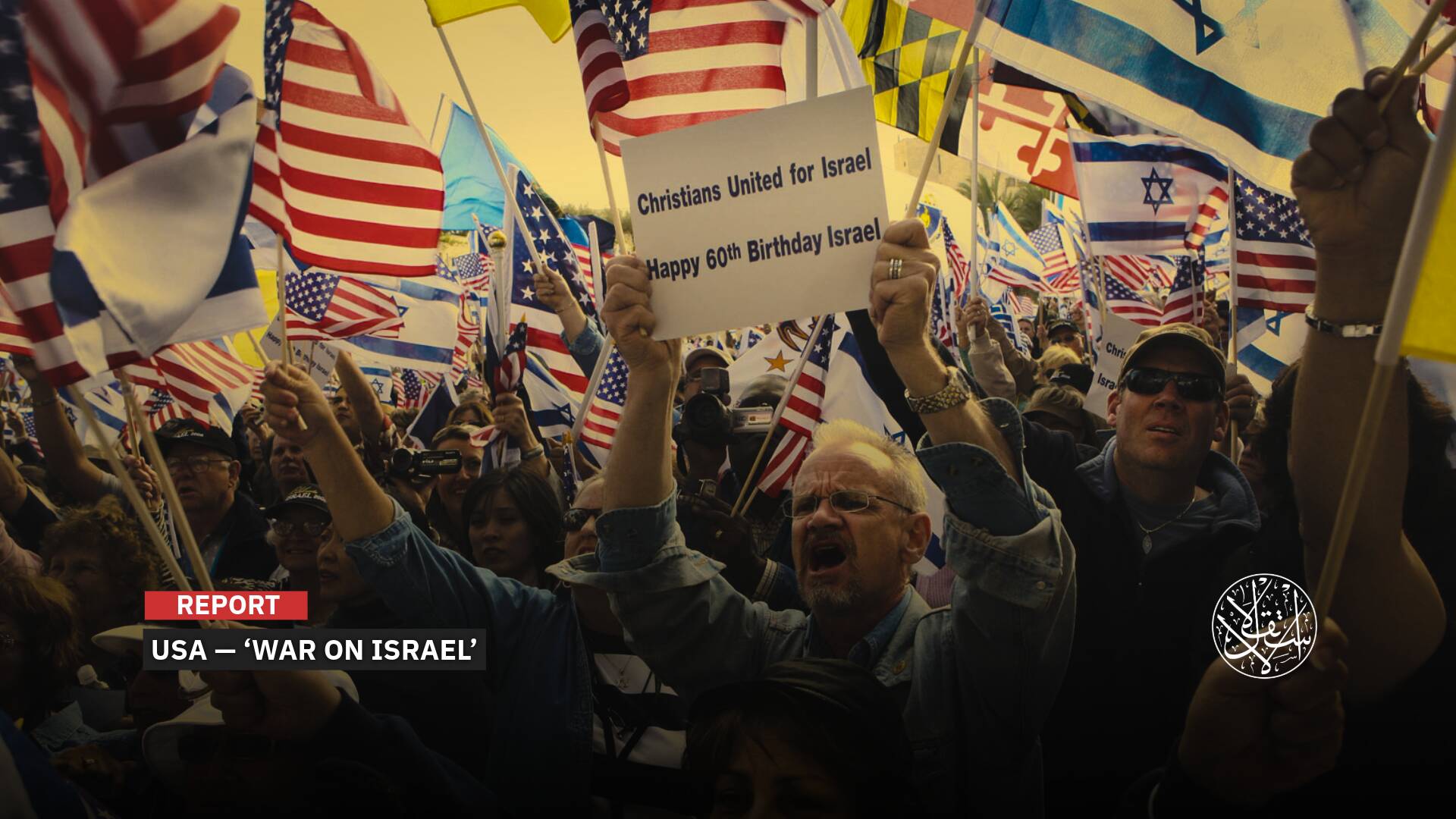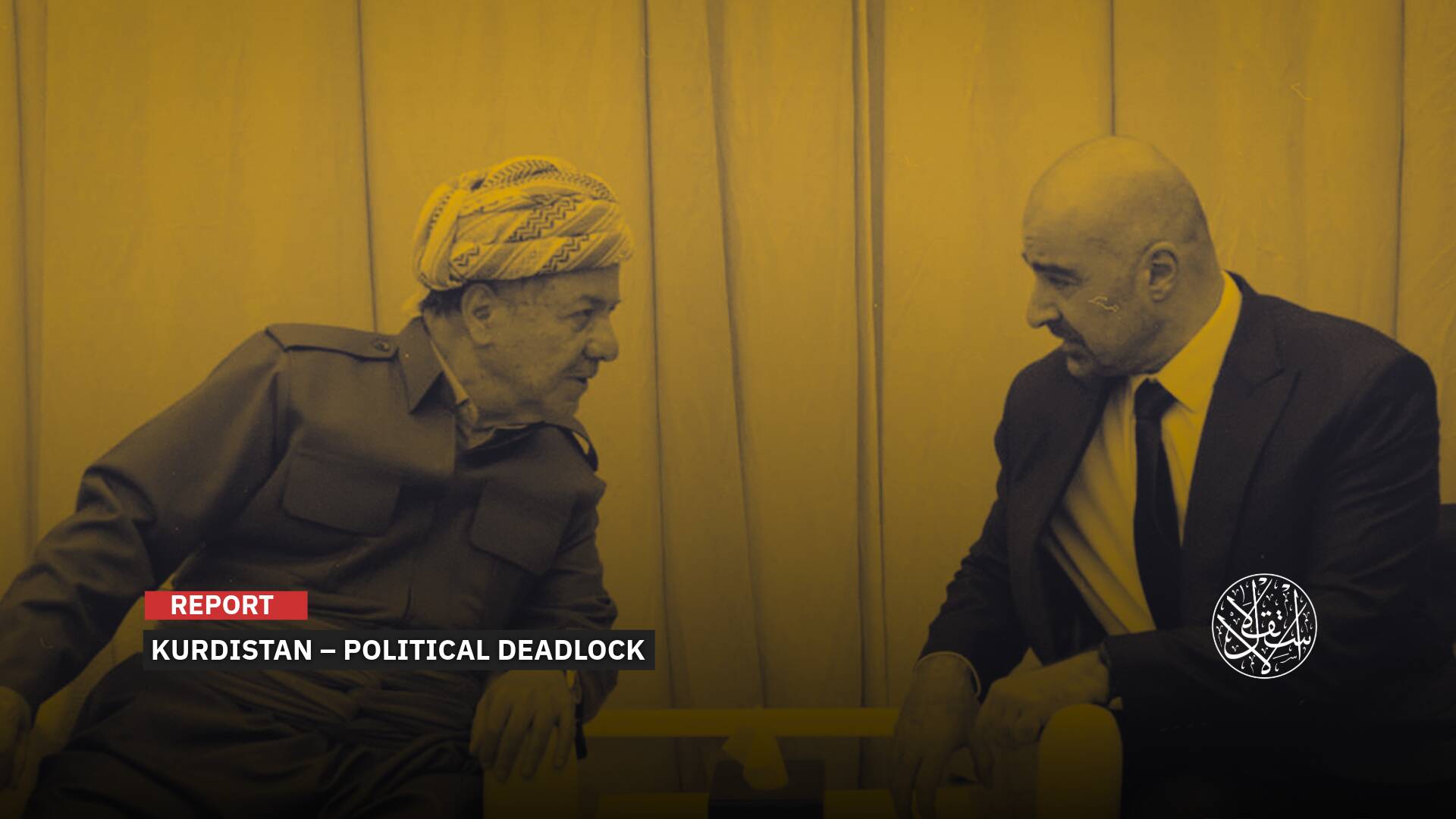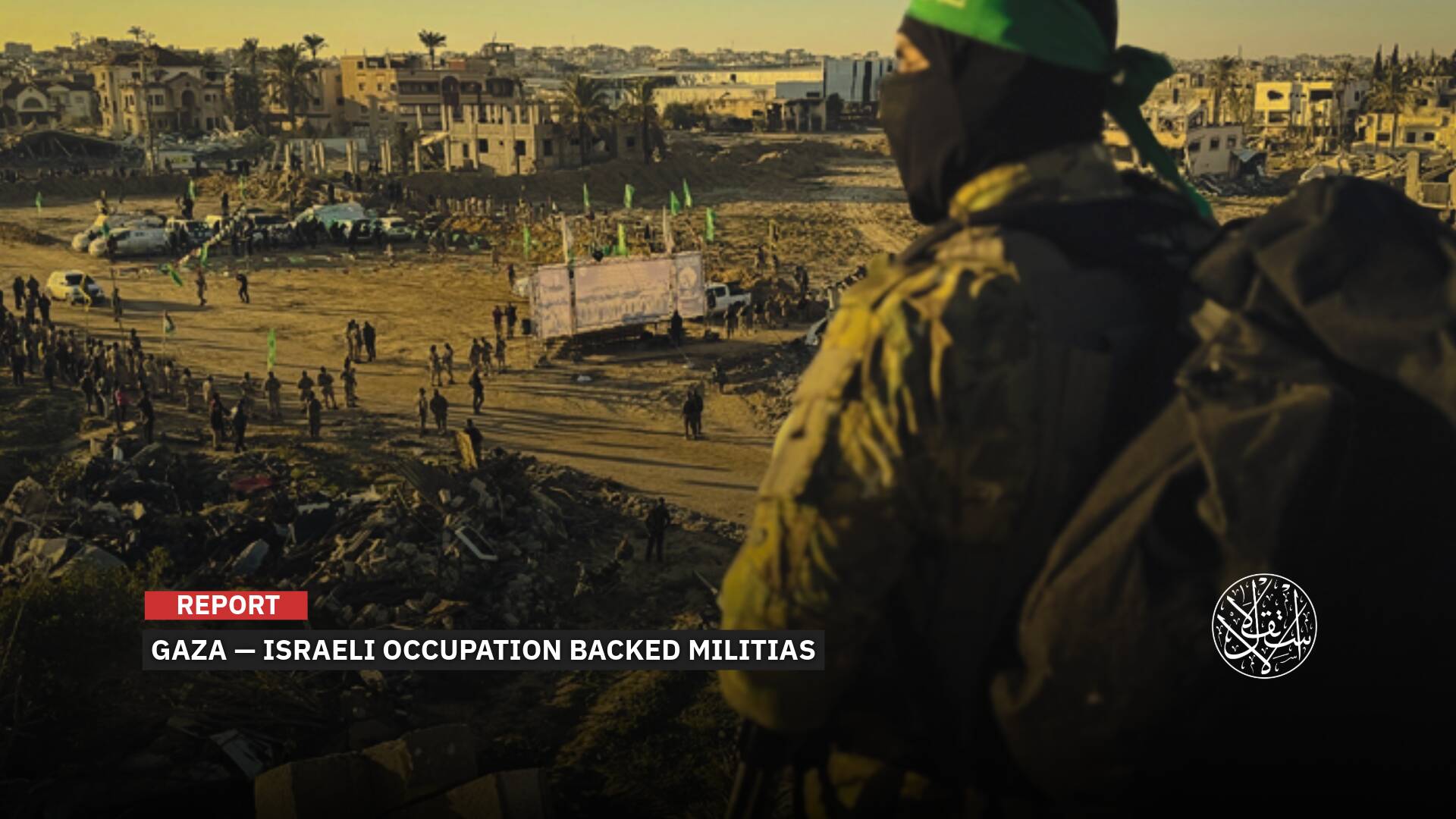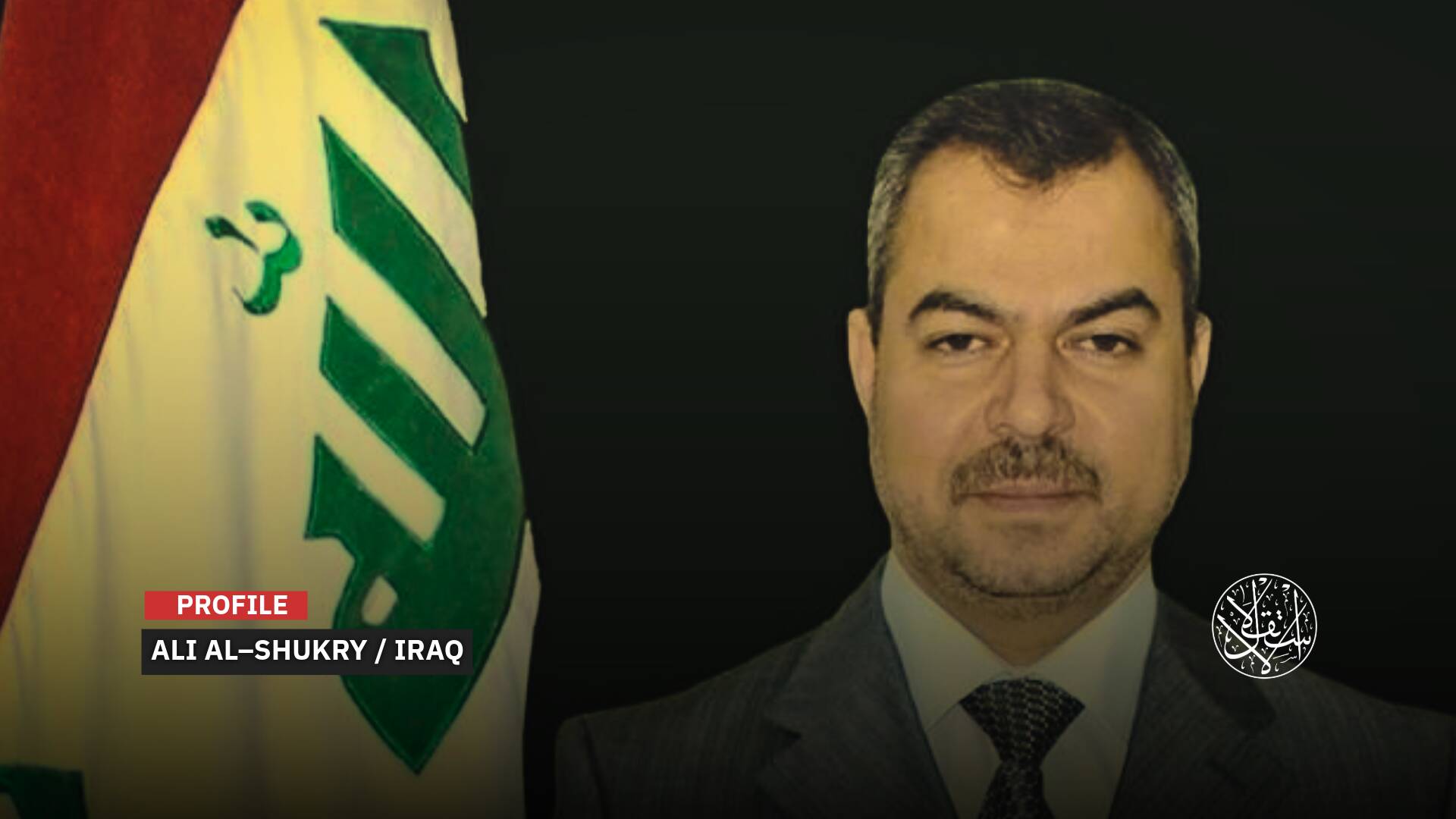Discrepancies in Figures: Why Did Saudi Arabia Raise Its Defense Budget?

Saudi Arabia's localization strategy relies on a dual approach.
Saudi Arabia approved its 2025 state budget on November 26, 2024, projecting revenues of $315.7 billion and expenditures of $342.1 billion, resulting in a $26.4 billion deficit.
The defense sector received the largest allocation, with $72.5 billion, reflecting a 5% increase compared to 2024 estimates.
These figures come as Saudi Arabia advances its efforts to localize defense production, raising the localization rate of military spending from 4% in 2018 to 19.35% by the end of 2023.
This progress was announced on November 21, 2024, during the Local Content Forum in Riyadh, by Ahmad al-Ohali, Governor of the General Authority for Military Industries (GAMI), who highlighted this growth.
Geopolitical Shifts
Al-Monitor noted that GAMI has played a pivotal role in organizing and stimulating the sector through new policies and regulations, enhancing the competitiveness of local products.
Al-Ohali mentioned that the number of licensed entities in the military industries sector rose to 296 by the third quarter of 2024.
According to Al-Monitor, localizing the defense industry has become a strategic cornerstone of Saudi Arabia's economic reform agenda.
As the largest defense spender in the Middle East and North Africa and the fifth largest globally, Saudi Arabia is driven by geopolitical shifts to achieve greater self-reliance in military manufacturing.
The report also noted that Saudi Arabia benefits from security and defense cooperation with its partners.
Reaching nearly 20% localization by the end of 2023 represents a significant milestone for Saudi Arabia’s emerging defense sector, which began to take shape in the early 1970s. Initially, the sector focused on assembling and repairing foreign-made weapons but has made remarkable strides toward self-sufficiency in recent years.
These developments align with Saudi Vision 2030, a strategic roadmap to reduce the country’s reliance on arms imports by at least 50% and build an independent defense industry.
The strategy for localization, as explained, adopts a dual approach: acquiring advanced military equipment from leading global companies while building a local industrial base to reduce long-term dependence on external sources.
The Saudi Arabian Military Industries (SAMI), established in 2017, embodies this ambition, emerging rapidly in the defense sector with a growing presence in global markets.
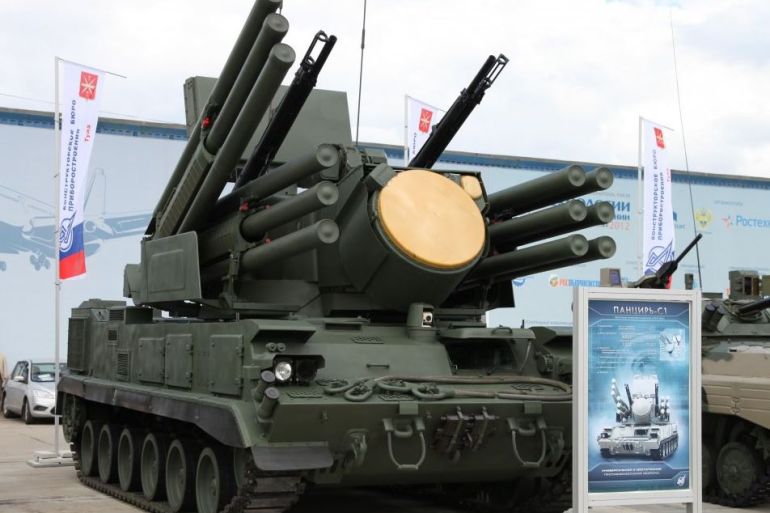
Conflicting Figures
Al-Monitor pointed out that while the General Authority for Military Industries (GAMI) presents a positive picture, there are notable discrepancies in localization rates reported by other Saudi sources.
For instance, in November 2023, the former CEO of SAMI, Walid Abukhalid, stated that Saudi Arabia had localized about 14% of defense production that year.
In contrast, the 2023 annual report for Vision 2030 set the localization rate lower at 10.4% of total defense spending.
Albert Vidal, a research analyst at the International Institute for Strategic Studies, suggested that the discrepancies reflect a significant gap and deeper dynamics, noting that Saudi entities appear to use varying methodologies to measure localization rates.
A prominent example of this issue is the partnership between SAMI and European missile systems giant MBDA to produce the Common Anti-Air Modular Missile (CAMM). While SAMI announced that 60% of the system's production would be localized, it did not provide detailed information about the components manufactured domestically.
This lack of clarity, described by Al-Monitor as ambiguous, raises questions about the accuracy of these figures.
If the kingdom adopts more lenient accounting methods, it could claim localization rates as high as 50%, but the reliability of such methods remains questionable, according to Vidal.
The report noted that while annual progress may not seem significant enough to meet the kingdom's targets on time, Riyadh remains confident in future growth. Policies, investments, joint ventures, and production lines are expected to contribute proportionally in the coming years.
In this context, Saudi Arabia significantly increased its defense spending, allocating about $70 billion for 2023, including localization projects—an impressive 50% rise compared to the previous year.
In October 2023, GAMI launched the Invest Saudi section on its official website to guide international companies toward available opportunities.
Vidal highlighted that GAMI identified over 70 supply chain opportunities worth up to $64 billion over the next decade.

Cooperation with Asia
According to Al-Monitor, Saudi Arabia has historically prioritized defense cooperation with Western suppliers such as the United States, France, and the United Kingdom, focusing on integration and interoperability.
However, recent tensions over issues like oil production and the Ukraine war have prompted Riyadh to broaden its security partnerships.
Currently, the kingdom is emphasizing collaboration with Asian nations, particularly South Korea and Turkiye, to localize production while also deepening ties with China.
In aviation, Saudi Arabia has concentrated on areas like aircraft maintenance, repair, and overhaul (MRO), as well as the manufacturing of drones.
After operating Chinese drones for over a decade, Riyadh has shifted toward designing and producing various types of drones domestically, supported by partnerships with global firms and local investments.
Al-Monitor highlighted Turkiye’s successful development of a local defense sector as a model for Saudi Arabia.
In July 2024, Riyadh signed a landmark defense agreement with Turkiye’s Baykar, acquiring an undisclosed number of Bayraktar Akinci drones in what marked Turkiye’s largest defense export deal.
The deal includes a partnership between Saudi Arabia Military Industries (SAMI) and Baykar to establish manufacturing capabilities and develop drone systems in Saudi Arabia.
By 2026, more than 70% of Akinci production under SAMI is expected to be localized, though certain key components will still be sourced internationally.
To support this effort, SAMI sent 300 Saudi employees to Baykar to enhance their technical expertise.
The report also noted that Saudi Arabia aims to expand its capabilities in advanced fighter jets.
In 2023, Riyadh expressed strong interest in the Global Combat Air Program (GCAP), a joint initiative by the UK, Italy, and Japan to develop a sixth-generation fighter jet.
In February 2024, al-Ohali stated that Saudi Arabia was “very interested” in joining the program, envisioning contributions in manufacturing, development, technology, and human capital.
Italian Foreign Minister Antonio Tajani later indicated that the agreement between the UK, Italy, and Japan could expand to include additional countries, with Saudi Arabia as a likely candidate.
However, new membership requires consensus among the three partners—London, Tokyo, and Rome. Reports suggest Japan has expressed opposition to Saudi involvement in the program.
Elizabeth Gosselin Malo, a correspondent for Defense News in Europe, said Saudi Arabia cannot join the Global Combat Air Program as a financial partner alone.
Riyadh has yet to fully define the scale of its potential contribution to the program's workshare arrangements, and no deal will move forward without significant localization within the kingdom, according to Malo.


